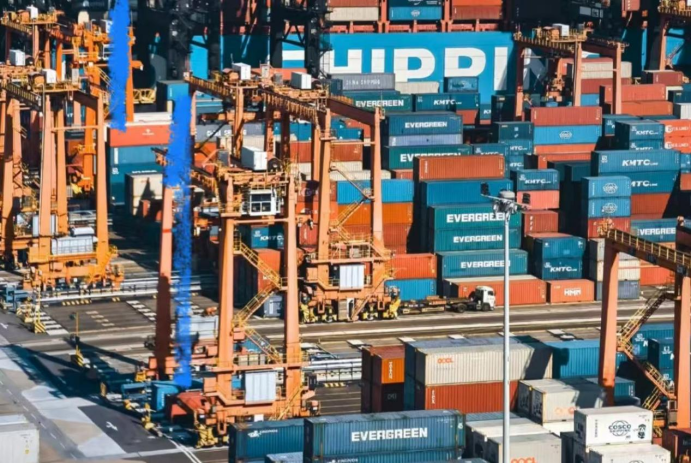Industrial machinery is a cornerstone of modern civilization and has had a significant impact on every aspect of social development. From increased productivity to improved living standards, the impact of industrial machinery is far-reaching and multifaceted. This article explores the various ways in which industrial machinery has shaped social development, highlighting its advantages and its wide-ranging impact on society.
One of the most important impacts of industrial machinery is its ability to increase productivity. From manufacturing to agriculture, machinery has replaced manual labor, enabling faster and more efficient production processes. For example, the introduction of automated assembly lines revolutionized manufacturing, allowing companies to produce goods on an unprecedented scale. Increased productivity not only meets the growing demands of consumers, but also promotes economic growth. As companies expand and generate more income, they create jobs, which in turn promotes social development by reducing unemployment and improving the overall quality of life for individuals and families.
Furthermore, industrial machinery plays a vital role in improving the quality of products and services. With the precision and consistency provided by machines, industries are able to produce higher quality products that meet strict safety and quality standards. Improved product quality directly affects consumer satisfaction and public health. For example, in the food industry, machinery used for processing and packaging ensures that products are safe to consume and have a longer shelf life. As a result, consumers benefit from better quality products, while companies gain a competitive advantage in the market. This synergy between quality and productivity ultimately leads to a stronger economy and a healthier society.
In addition to economic benefits, industrial machinery also promotes social development by facilitating infrastructure construction. Heavy machinery is essential to the construction of roads, bridges, and buildings, which are essential to connecting communities and promoting economic activity. Improved infrastructure not only improves transportation and communications, but also attracts investment and promotes trade. As regions become more accessible, businesses and service industries will flock to these areas, driving urbanization and giving rise to new social dynamics. This transformation often improves living conditions and increases access to education and healthcare services, thereby improving the overall living standards of the population.
In addition, the impact of industrial machinery on the environment cannot be ignored. While the early introduction of machinery often led to increased pollution and resource depletion, advances in technology have paved the way for more sustainable practices. Modern industrial machinery is increasingly designed to be energy-efficient and environmentally friendly. For example, the use of renewable energy in the manufacturing process can reduce carbon footprints and minimize waste. As industries adopt greener technologies, they contribute to global efforts to combat climate change, which is essential for the long-term sustainability of social development. This shift toward sustainability not only benefits the environment, but also creates new jobs in green industries, further promoting social progress.
The societal impact of industrial machinery goes beyond economic and environmental factors to encompass changes in workforce dynamics. The automation of tasks traditionally performed by humans has led to a shift in the labor market, requiring a workforce that is skilled in operating and maintaining advanced machinery. The demand for a skilled workforce has prompted educational institutions to adjust their curriculum to emphasize technical training and vocational education. As a result, individuals are better able to meet the changing demands of the job market, resulting in a more educated and skilled workforce. This shift not only empowers individuals, but also communities, as a skilled workforce is essential to driving innovation and economic growth.
In summary, the impact of industrial machinery on social development is both significant and complex. From improving productivity and product quality to improving infrastructure and promoting sustainable development, the advantages of industrial machinery are evident in all areas. However, it is important to recognize that continued adaptation and education are needed to address the changing workforce dynamics and environmental challenges brought about by industrialization. As society responds to these changes, the responsible use of industrial machinery will play a key role in shaping a prosperous and sustainable future for all mankind. The development journey of industrial machinery is far from over, and its potential to promote social development remains a key area of concern for policymakers, businesses and communities.

Post time: Jun-06-2025
